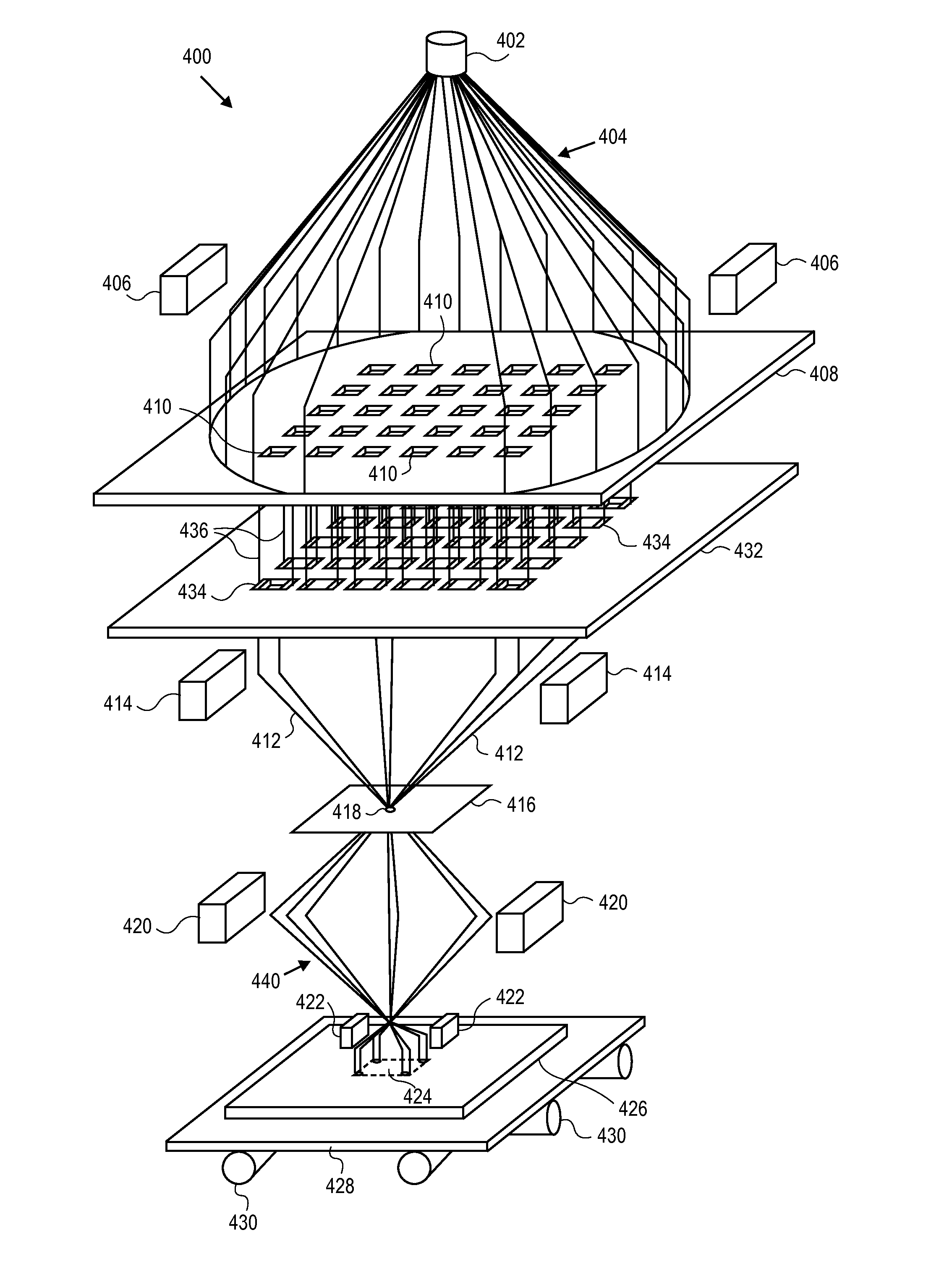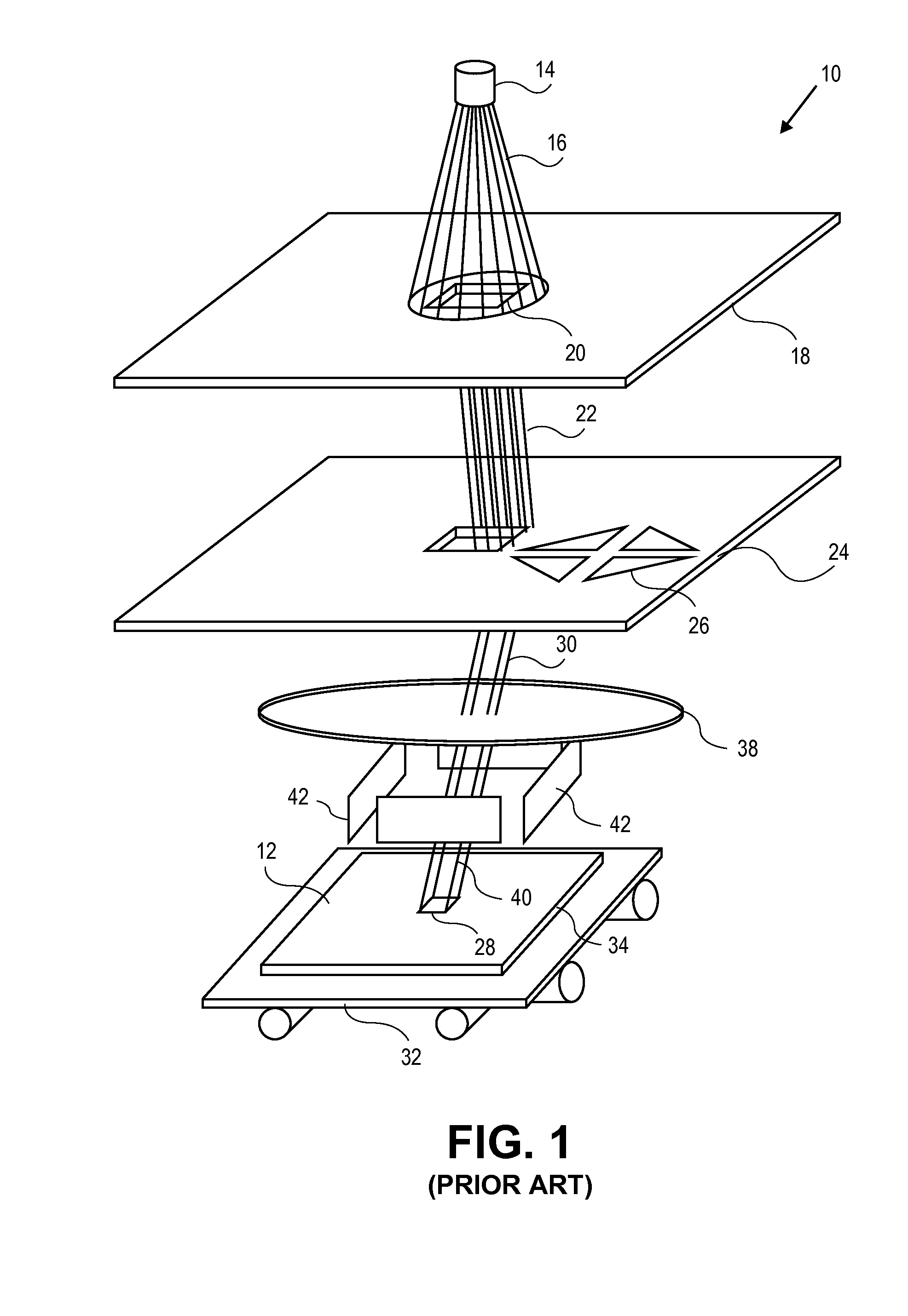Method and system for forming patterns with charged particle beam lithography
a technology of charged particle beam and pattern, applied in the field of semiconductor device production or manufacturing, can solve the problems of high computational cost, difficult to accurately translate the physical design to the actual circuit pattern developed on the resist layer, and difficult to add opc features, etc., to achieve the effect of reducing the sensitivity of the resulting pattern, reducing the sensitivity to changes in f, and reducing the sensitivity of the pattern
- Summary
- Abstract
- Description
- Claims
- Application Information
AI Technical Summary
Benefits of technology
Problems solved by technology
Method used
Image
Examples
Embodiment Construction
[0045]The present disclosure is related to lithography, and more particularly to the design and manufacture of a surface which may be a reticle, a wafer, or any other surface, using charged particle beam lithography.
[0046]The improvements and advantages of the present disclosure can be accomplished by controlling the parameters of the shots forming a pattern, so as to reduce the magnitude of pattern variations caused by variation of βf, thereby allowing higher quality patterns to be formed on reticles and other surfaces such as wafers. In some embodiments, shot dosage, including multi-beam shot beamlet dosage, is varied to reduce sensitivity to changes in βf. In other embodiments, the amount of shot overlap in a plurality of shots may be controlled, either during initial shot determination, or in a post-processing step, to reduce sensitivity to changes in βf. In some embodiments, the sensitivity comprises pattern area sensitivity of the pattern formed on the surface. The reduced sen...
PUM
 Login to View More
Login to View More Abstract
Description
Claims
Application Information
 Login to View More
Login to View More - R&D
- Intellectual Property
- Life Sciences
- Materials
- Tech Scout
- Unparalleled Data Quality
- Higher Quality Content
- 60% Fewer Hallucinations
Browse by: Latest US Patents, China's latest patents, Technical Efficacy Thesaurus, Application Domain, Technology Topic, Popular Technical Reports.
© 2025 PatSnap. All rights reserved.Legal|Privacy policy|Modern Slavery Act Transparency Statement|Sitemap|About US| Contact US: help@patsnap.com



